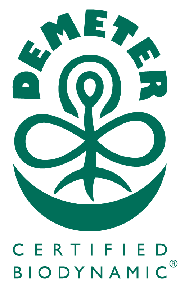
What is Compost?
Composting is the transformation of organic material (plant matter) through decomposition into a soil-like material called compost. Invertebrates (insects and earthworms), and microorganisms (bacteria and fungi) help in transforming the material into compost. Composting is a natural form of recycling, which continually occurs in nature.
What to Compost:
vegetable scraps
grains and pasta
fruit rinds and peels
breads
coffee grounds, filters
tea bags
paper napkins, towels
eggs shells
leaves and other yard waste
What Not to Compost:
Meat
fish and poultry
cheese
oily foods
butter
other animal products
Hot Compost – also known as fast composting. The critical part of hot composting is the ratio of brown material(*1) to green material(*2). A good rule of thumb is a 6:1 ration brown to green.
Cold Compost – also known as slow composting. You just pile grass clippings and dry leaves on the ground or in a bin. This method will take several months to a year for the pile to decompose. This works well if you don’t have time to tend the compost pile frequently, have little yard waste or are not in a hurry to use the compost.
Cold composting has been shown to be better at suppressing soil born diseases than hot composting.
Advantages:
* low maintenance
* can add materials as they become available
Disadvantages:
*doesn’t heat up enough to kill weed seeds
* may create unpleasant odors if there’s not an equal amount of “greens” and “browns” or a balance between wet and dry material
(*1)Brown materials are the source of carbon. Such materials include dried leaves, wood chips, evergreen leaves, paper, or straw.
(*2)Green materials are the source of nitrogen. Such material include fresh grass clippings, blood or cottonseed meal, coffee grounds, fruit and vegetable scraps, and manure.
How to Make Compost:
Compost is made by layering brown and green materials in a container. The container can be pallets tied together, a barrel with holes punched in the bottom or you can layer on the ground. Alternate layers of brown material and green material using a 6:1 ratio. We cover the mixture with straw.
How to Use Compost:
The most common uses of compost are as mulch on established plants, as a soil enricher at planting time, and in potting mixes.
Sheet Composting
This is another method of building humus. It involves spreading the organic material directly where you need it on beds and in guilds in the same layering fashion you used to develop the compost bin. This process may take a full year to fully compost.
Get the Community Involved!
Every fall we put out a flyer for leaves. The community loves to see their leaves go some place other than the dump. Those leaves are added to our garden beds in the fall in the form of sheet compost that will cook all winter. We also recommend building compost piles with an insulated north side and southern exposure to maintain an optimum environment for all the organisms doing the real work of decomposition throughout winter.
Recommended References:
The best primer of composting is “Let it Rot” by Stu Cambell

